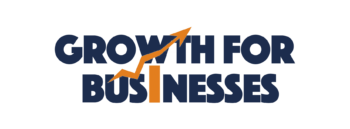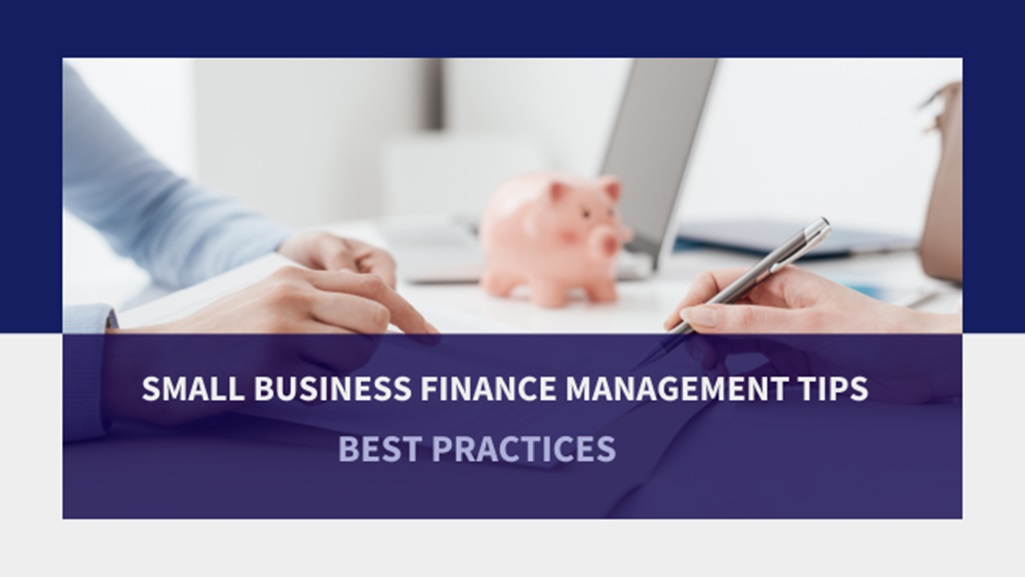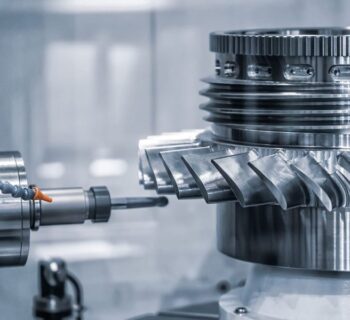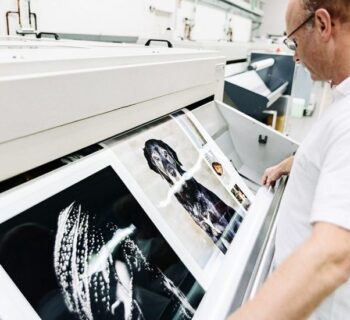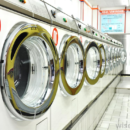One of the most important metrics for any restaurant is prime cost, which is the sum of labor and cost of goods sold (COGS). This amount, which usually amounts to between 60 and 70 percent of a restaurant’s overall expenditures, includes staff salary as well as the price of purchasing food and beverages. Given its significant impact on the financial stability of a restaurant, it is vital to comprehend and keep an eye on this crucial element. You may improve your restaurant’s profitability and steer clear of any financial hazards by closely monitoring what is prime cost in a restaurant.
The Indicator of Financial Health
Keeping an eye on prime pricing is crucial for assessing the entire financial standing of your business. Owners and managers may see patterns in spending patterns and discern between essential expenditures and possible waste by routinely monitoring this statistic. Unexpected increases in food expenses might indicate ineffective inventory control, indicating that it’s time to review supplier agreements or menu prices. Likewise, a significant rise in labor expenses may indicate staff overwork or improper scheduling. Restaurant operators may reduce hazards before they worsen and become more serious financial problems by concentrating on prime cost.
Managing the Budget and Preventing Overruns
A thorough examination of prime cost may greatly improve budgetary management and avoid overspending. Restaurant managers may build budgets that are in line with these standards by setting a baseline for prime cost percentages, which is often targeted at 60% or below. Regular monitoring guarantees that labor and procurement strategies stay within financial restrictions by enabling timely modifications. For example, managers may decide to optimize labor hours, undertake cross-training, or reevaluate staff schedules if labor expenses surpass the intended rate. In addition to preventing catastrophic financial circumstances, this proactive strategy may help employees develop an environment of responsibility and understanding.
Increasing Earnings
Increased profitability is closely correlated with prime cost optimization. A restaurant may increase its margins by routinely analyzing and modifying its labor and COGS costs. For example, proprietors might determine whether menu items need to be altered or marked up in order to be profitable by looking at dish profitability and food costs. Additionally, improving worker productivity may result in greater customer service, which raises satisfaction and encourages repeat business. Maintaining a focus on prime cost is crucial for operational planning, as each percentage point saved on this measure results in a direct boost in profitability.
Putting in Place Frequent Reviews
Finally, by putting in place a weekly or even daily review mechanism for prime cost, restaurant managers may stay flexible and sensitive to changes in their revenue. Because digital platforms may provide real-time data on spending, using them can help make this process easier to manage. Frequent review meetings promote teamwork among management teams, which improves decision-making and cultivates a financial literacy culture among employees.
